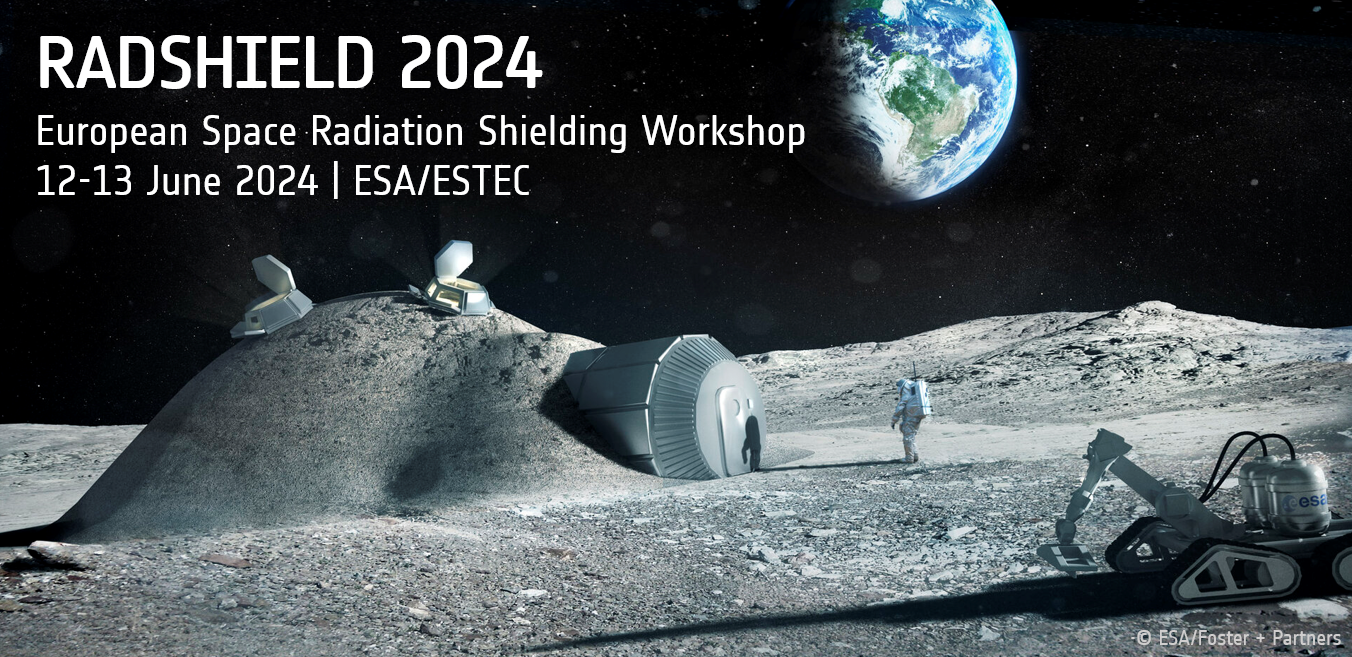Speakers
Description
It is well known that space radiation environment, which has contributions from galactic cosmic rays (GCRs), solar energetic particles (SEPs), and the trapped particles within the Van Allen belts, directly influences space systems. These systems rely on complex and fragile electronic devices, which, as a consequence of the action of the radiation and its related phenomena: total ionizing dose (TID), single event effects (SEE) and displacement damages (DD), its performance could be degraded. This could cause failures to arise due to different mechanisms, from parametric drift - failures, such as leakage current, threshold voltage, among others, to destructive effects, like single event Latch up (SEL) or single event burn-out (SEB).
These failures in the electronics affect the systems reliability and its performance, which could compromise the mission success. Considering this, the main objective of the SRPROTEC project is to develop and validate new composite materials with better shielding performance against space radiation, in order to increase the radiation tolerance of microelectronic devices built employing these materials.
For this purpose, different composites will be synthesized using liquid resins and solid epoxy-based matrixes, mixed in different proportions with two main fillers: Bi2O3 and Al2O3.
These developed materials will be exhaustively characterized: tensile and flexural strength tests, hardness test, thermomechanical analysis, thermal, electrical and moisture absorption characterization, rheometry, outgassing test, etc., will be performed, to ensure the new materials show not only enhanced radiation shielding levels, but also the required properties for materials to be suitable for packaging of microelectronic devices.
Then, after the material characterization is completed, the best formulations will be chosen to encapsulate real electronic components, using different semiconductor dies with known radiation sensitivity, which will be used as test vehicles. A test campaign will be designed and performed based on classic validation test sequence at component level, including: radiation tests, environmental stress tests, physical test (scanning acoustic microscopy, external, radiographic inspection, etc.).
Finally, the presentation will cover a summary of the project objectives, a description of the work packages, as well as the new developments achieved.

